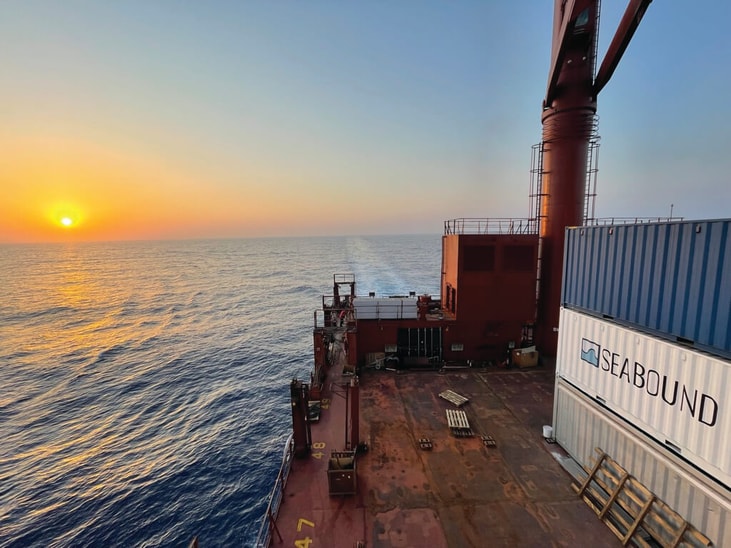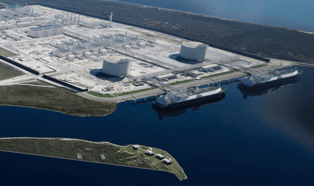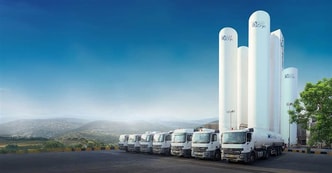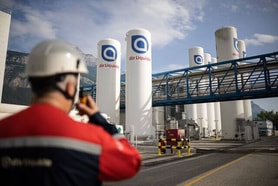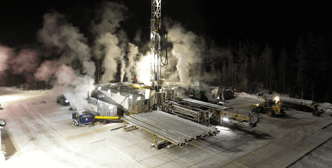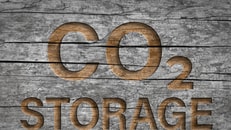Slaked-lime carbon capture tech targets shipping and cement
London-based marine carbon capture specialist Seabound has launched a project that equips a cement-carrying ship with a system that captures carbon dioxide from its exhaust. The CO2 can then be converted into CO2 as feedstock for low-carbon cement manufacture.
The system has been fitted to the UBC Cork, a 5,700 gross tonne transport ship owned by Hartmann Group and managed by InterMaritime Group. Once captured, the CO2 will be offloaded at the Port of Brevik in Norway before being used in Heidelberg Materials’ Brevik cement plant.
Alisha Fredrikksson, CEO and co-founder of Seabound, said, “We’re … excited to be advancing this work in Brevik, a strategic location that’s rapidly establishing itself as a global hub for CCS with Heidelberg’s world-first facility and the Northern Lights pick-up point.”
The solution represents a two-pronged approach to carbon capture by reducing emissions in both shipping – a sector that accounts for nearly 3% of global emissions – and cement manufacturing, which itself is responsible for about 7% of global CO2 emissions.
The pressure for shipowners to decarbonise was increased in April, when the International Maritime Organization introduced a global carbon price of up to $380 per tonne of CO2.
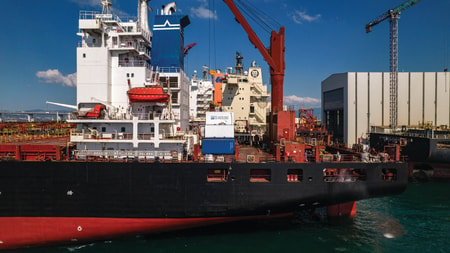
Installation of Seabound’s pilot project ©Seabound
Seabound offers a solution to shipowners to cut maritime emissions with its containerised system, which uses calcium looping technology to capture up to 95% of CO2 and 98% of sulphur emissions from ship exhausts.
The process uses calcium hydroxide, commonly known as slaked lime, to absorb CO2 and convert it into limestone. This will be offloaded at Heidelberg Materials’ Brevik plant, where it will be used as feedstock to produce low-carbon cement, which can then go towards making what is being billed as “net-zero concrete.”
“Shipping cement is emissions-intensive, and Seabound’s system gives us a clear path to reduce those Scope 3 emissions while enhancing our circular use of captured CO2,” said Lars Erik Marcussen, Project Manager, Logistics at Heidelberg Materials Northern Europe.
The project is co-funded by the Eurostars partnership on Innovative SMEs which is part of Horizon Europe through the Cyprus Research and Innovation Foundation. It follows on from Seabound’s first onboard carbon capture pilot with Lomar Shipping and Hapag Lloyd, where it captured CO2 at 78% efficiency onboard a 3,200 unit container vessel.
On the back of the UBC Cork project, the company is currently building its first full-scale systems to be delivered to Hartmann and used in the transport of cement from the Brevik plant.
The project is just one of several moves in carbon capture for shipping in recent months. In May, dry bulk shipowner Berge Bulk completed the installation of a carbon capture system on board its Ultramax vessel, Berge Yotei. The system, developed by Value Maritime, is designed to capture up to 15 tonnes of carbon dioxide per day. The captured CO2 can then be offloaded in port for reuse in sectors such as greenhouses and beverage production.
In the same month, technology group Wartsila announced the commercial release of its carbon capture solution for the maritime industry. According to the company, its technology can reduce CO2 emissions for vessels by up to 70%.

